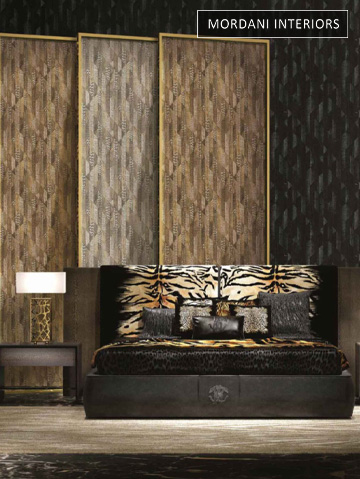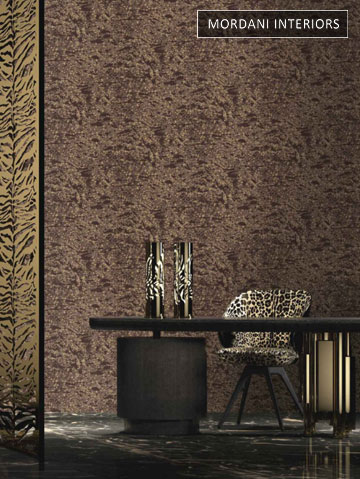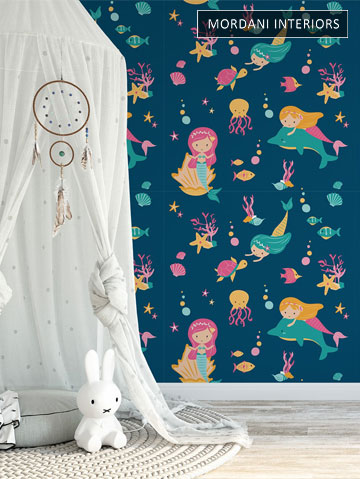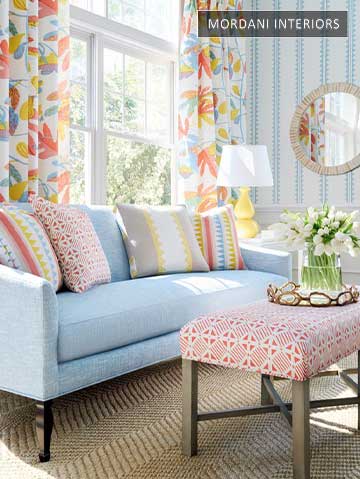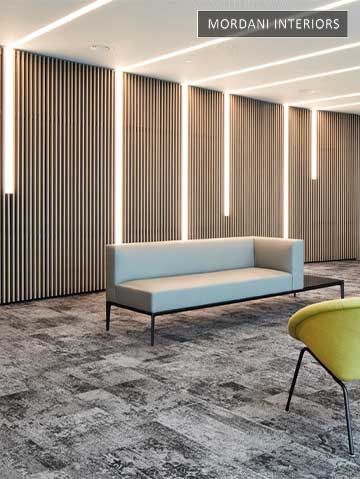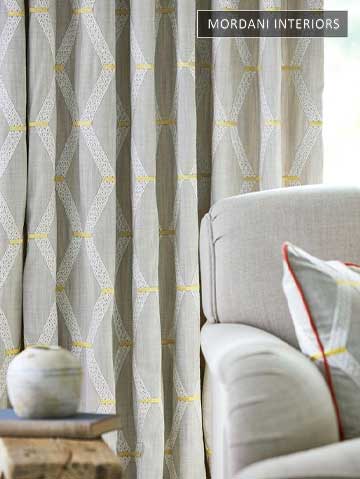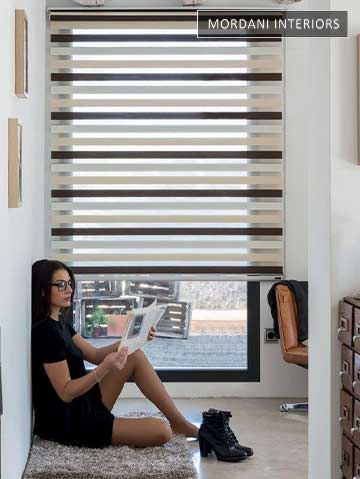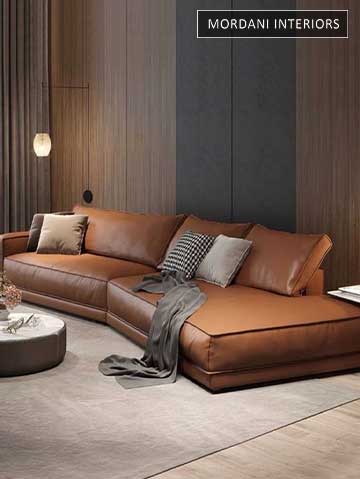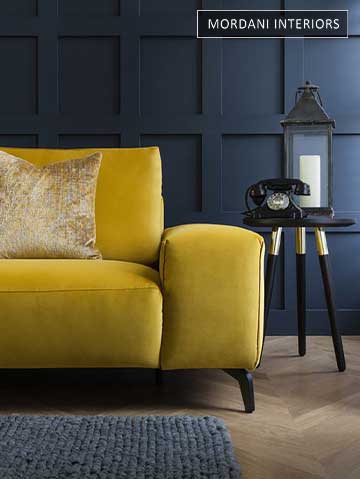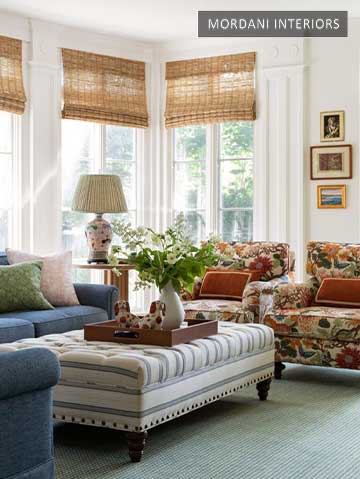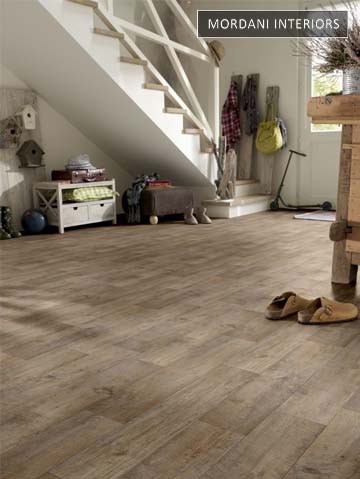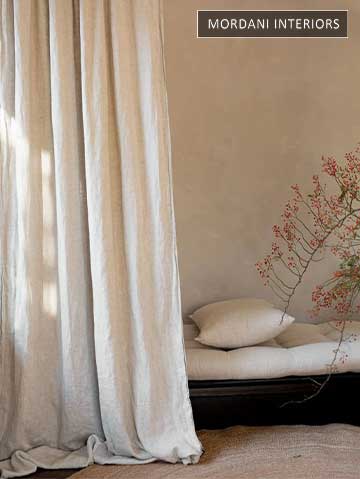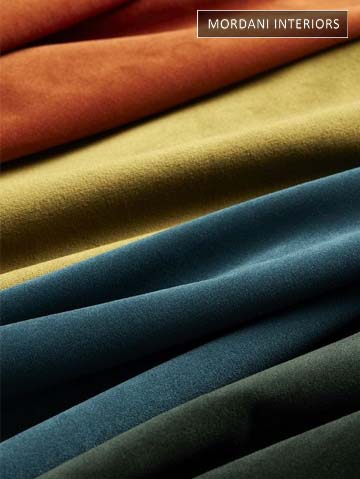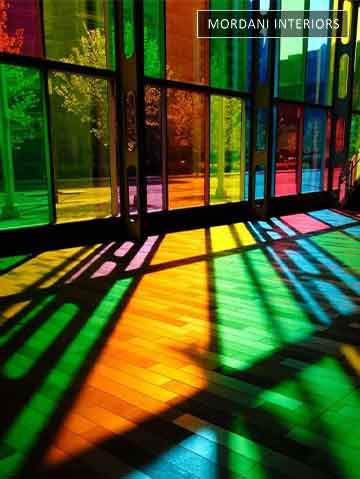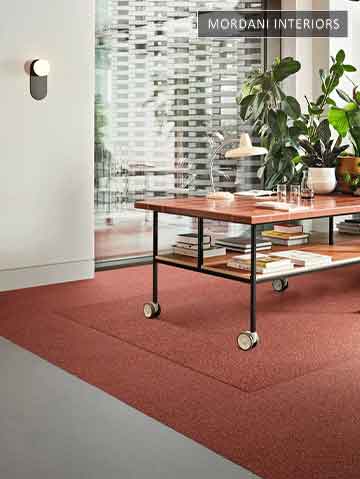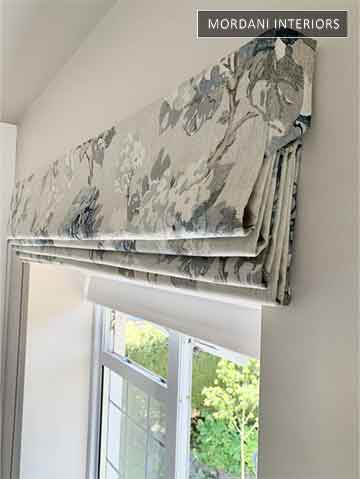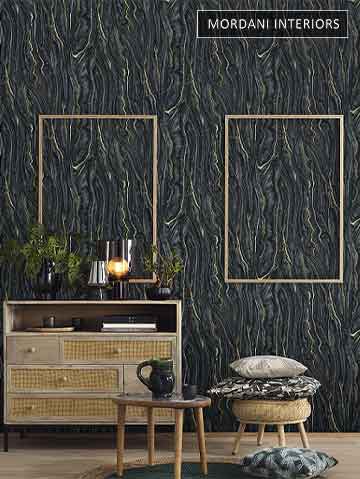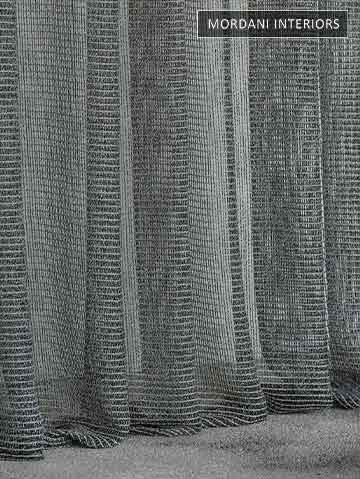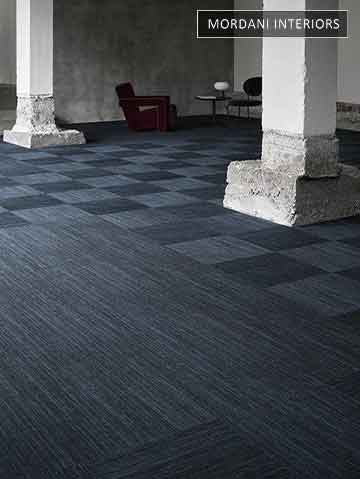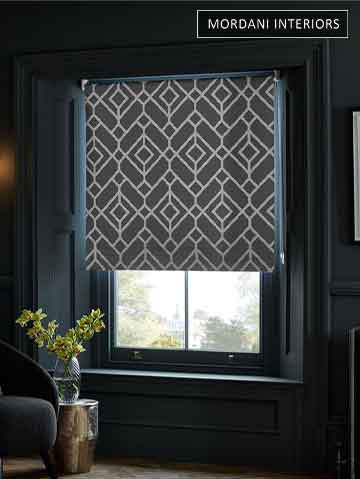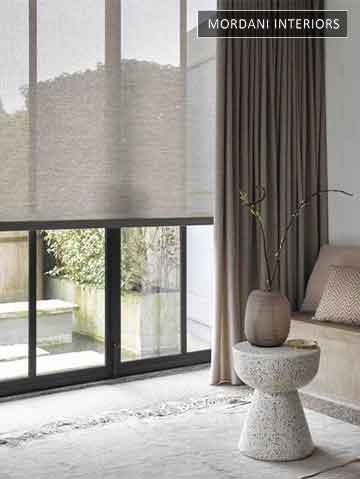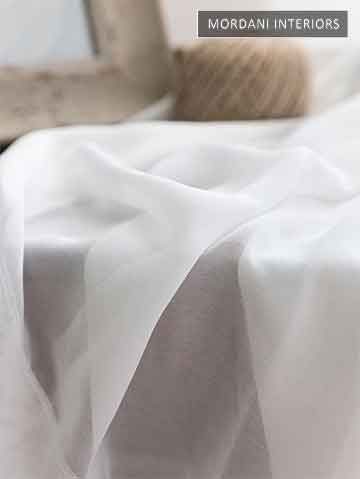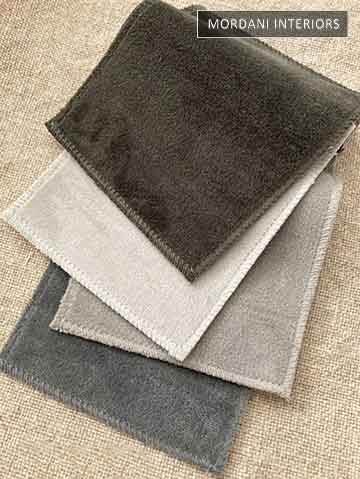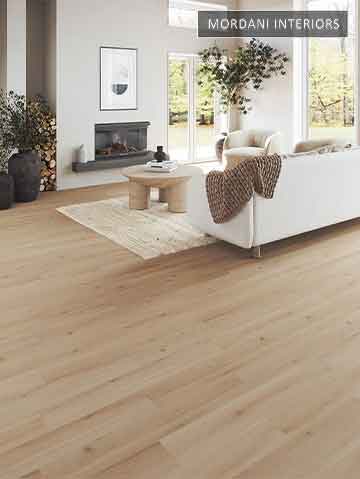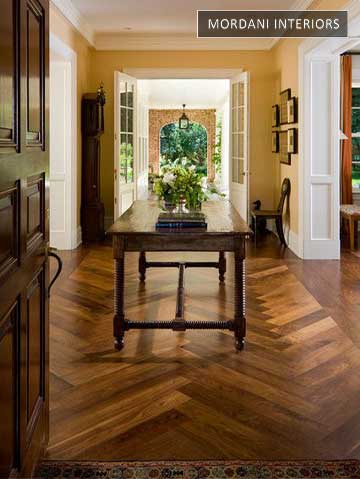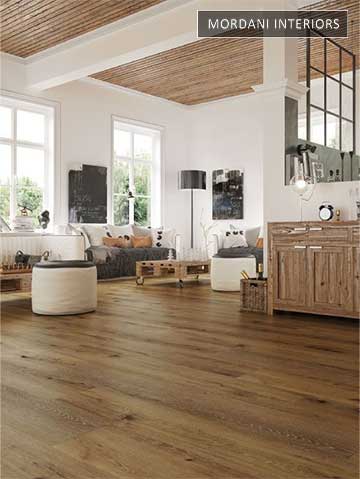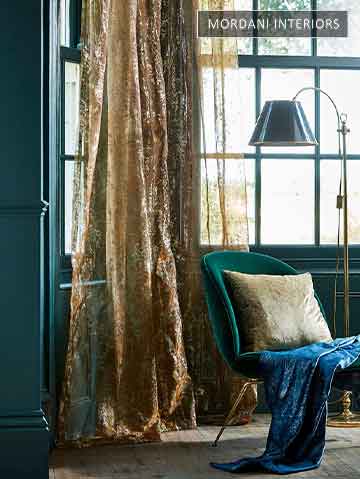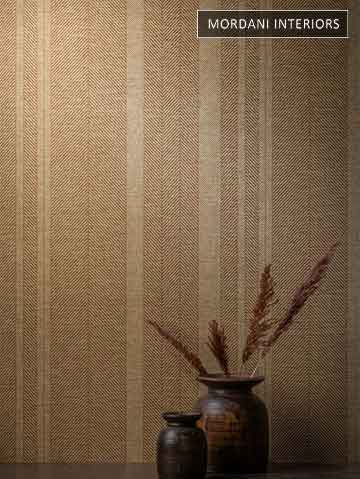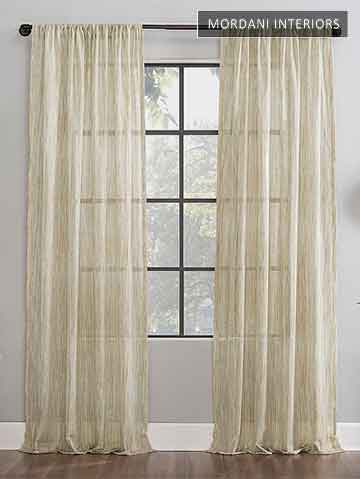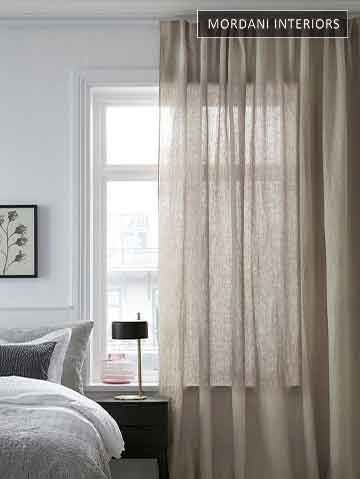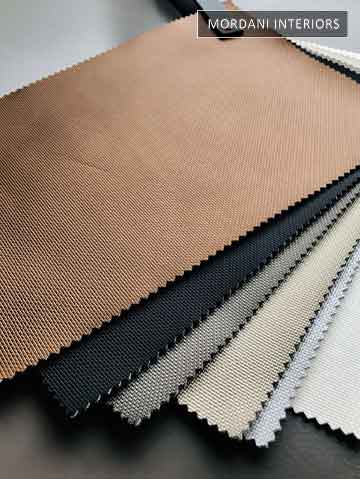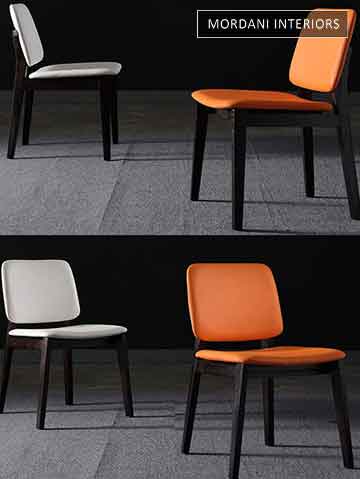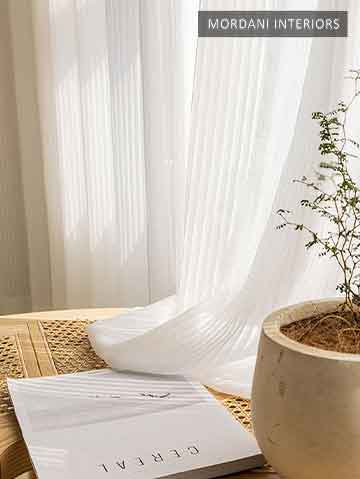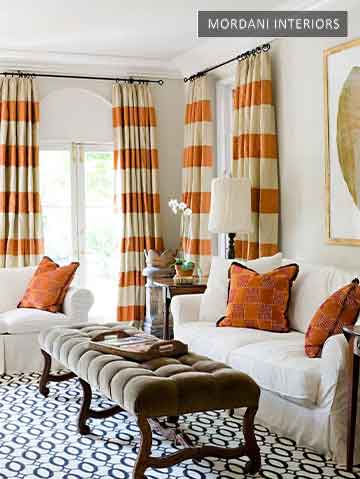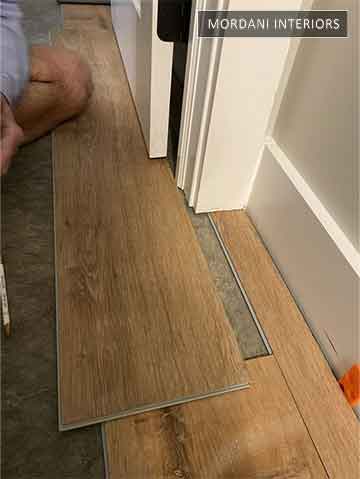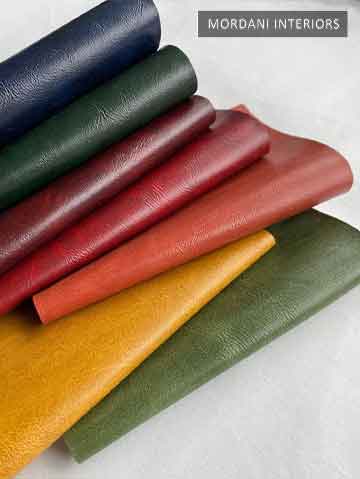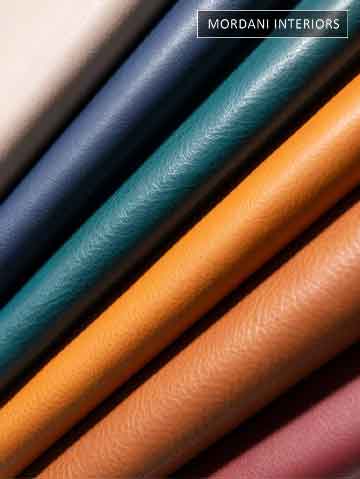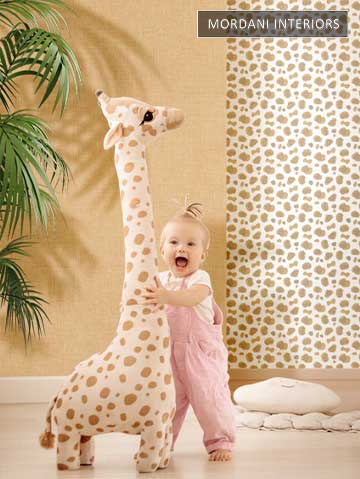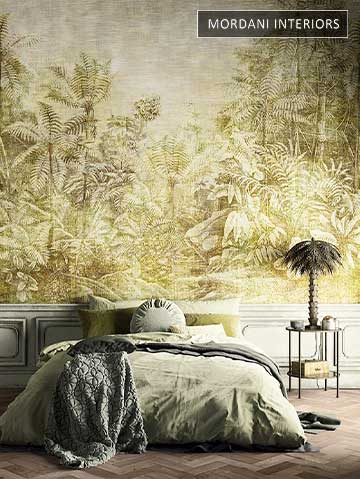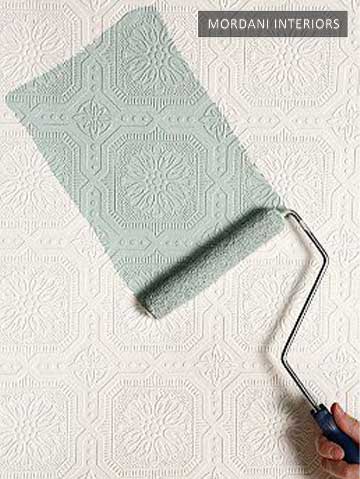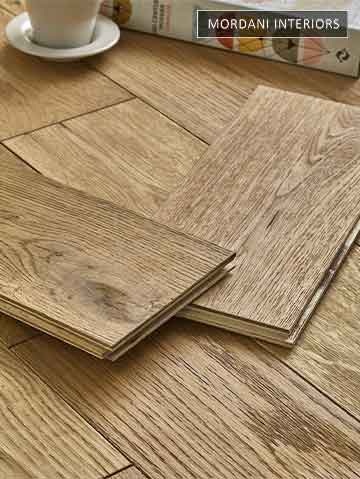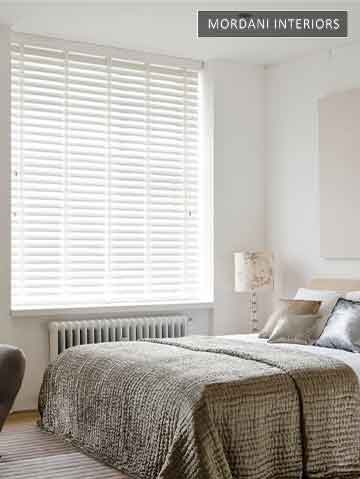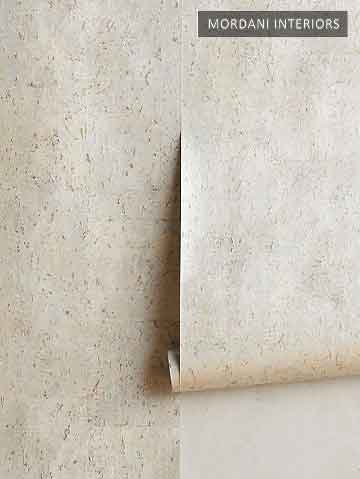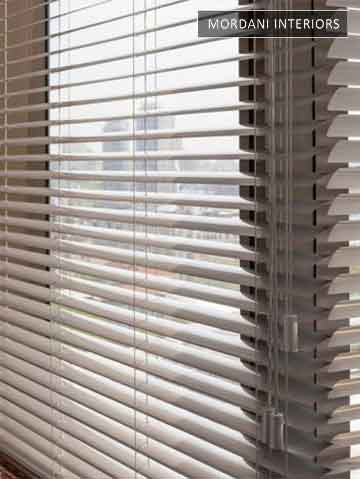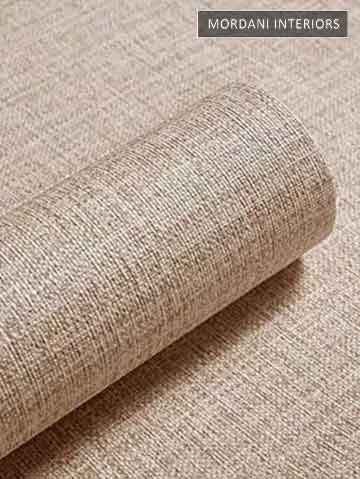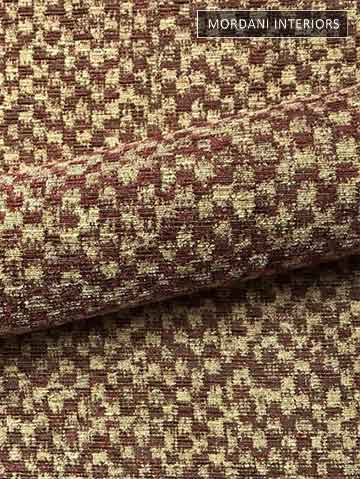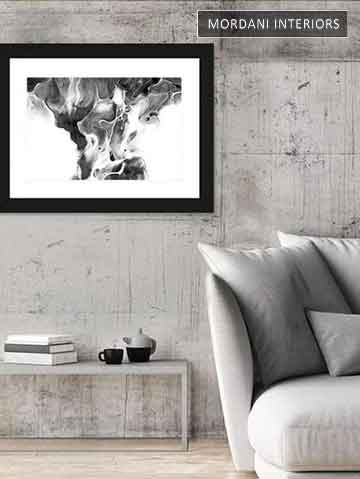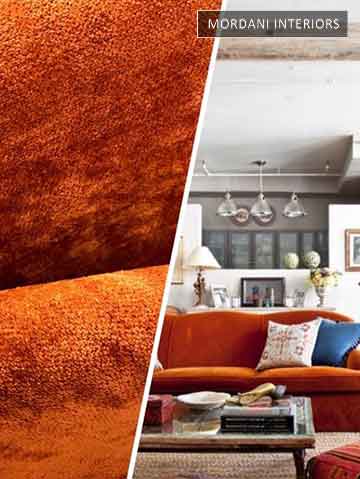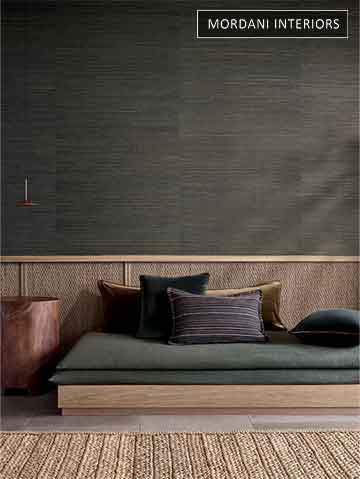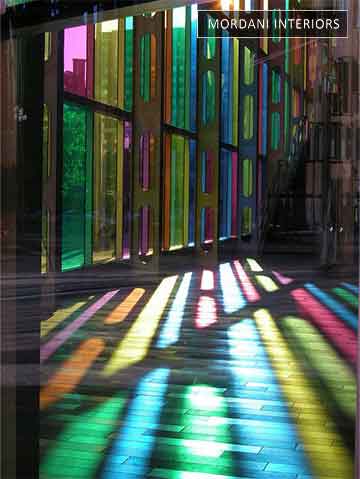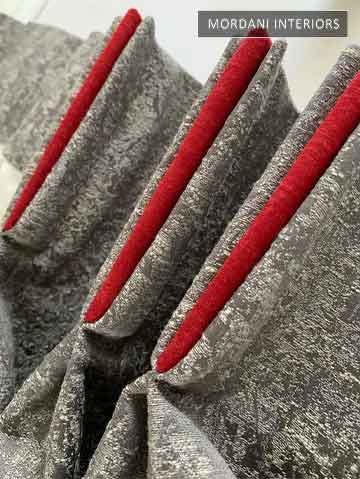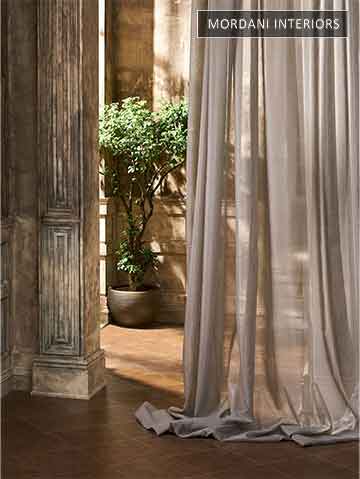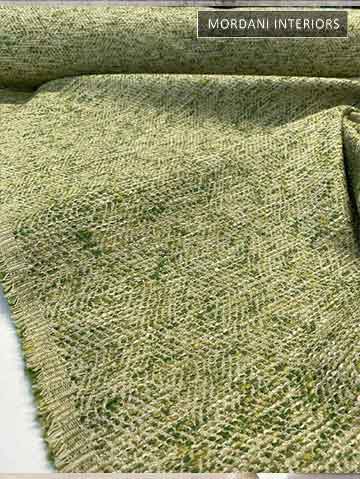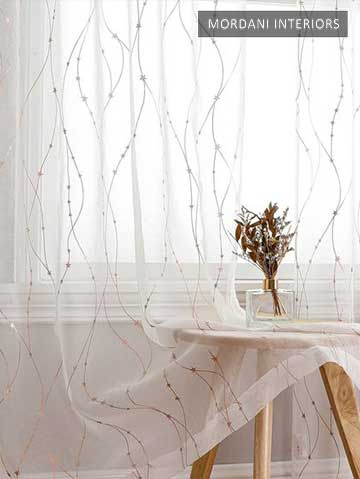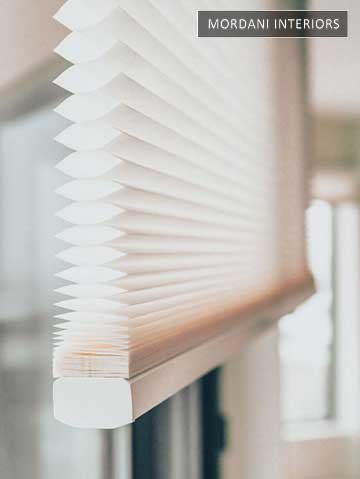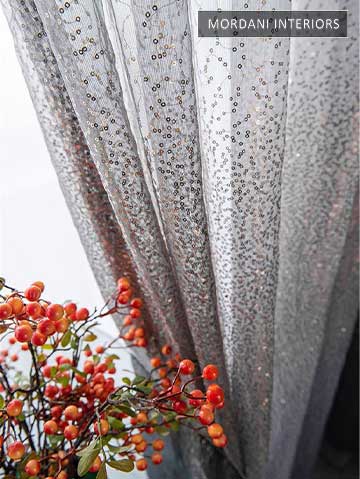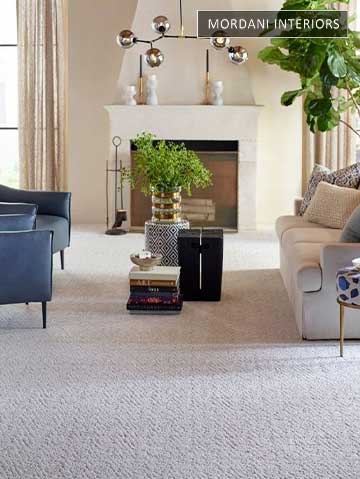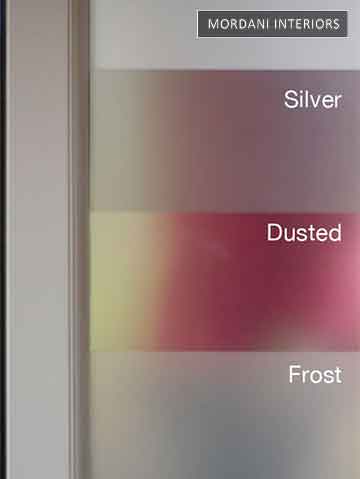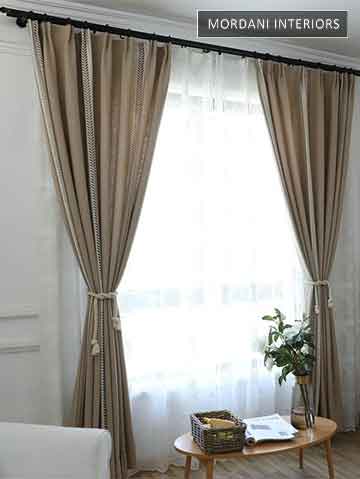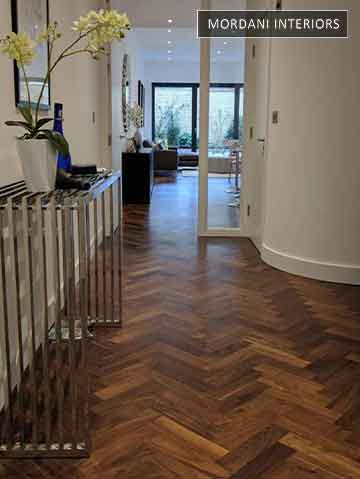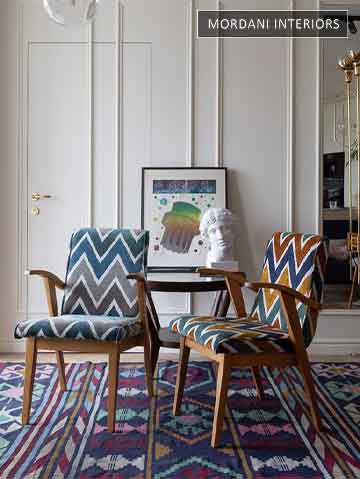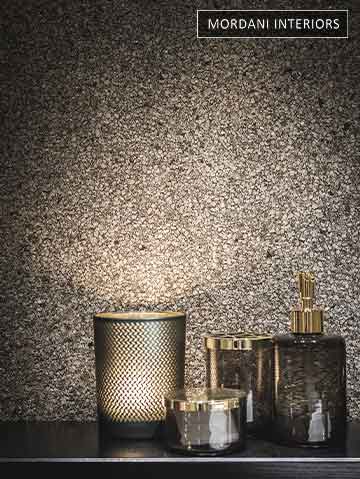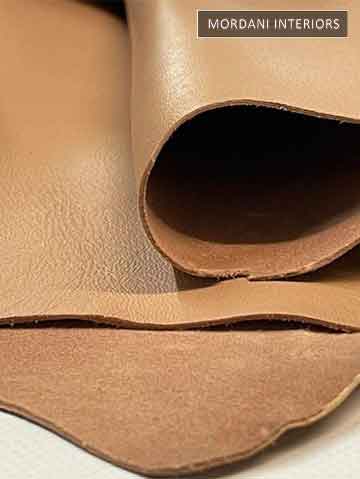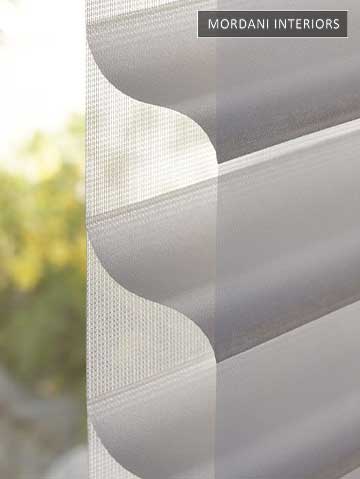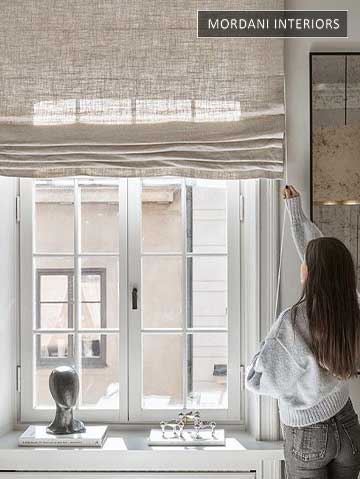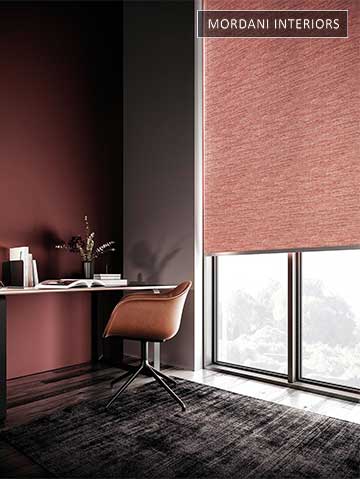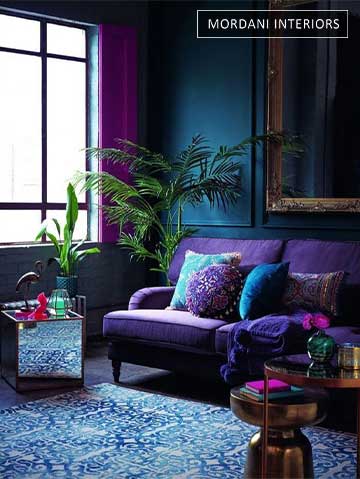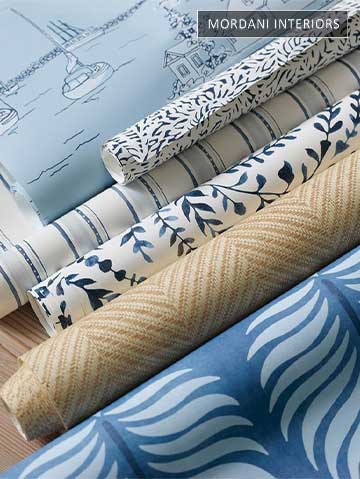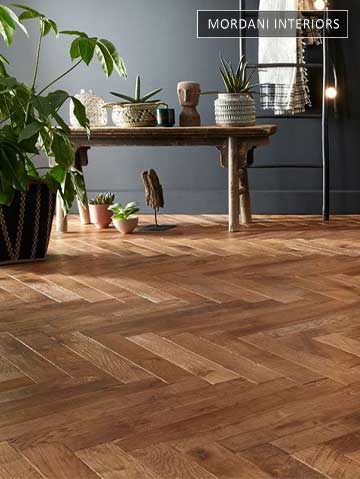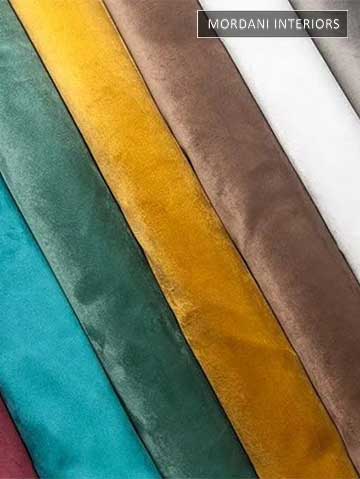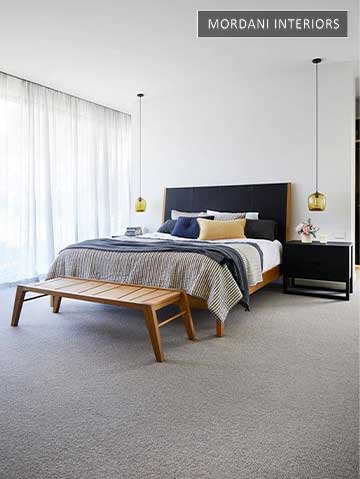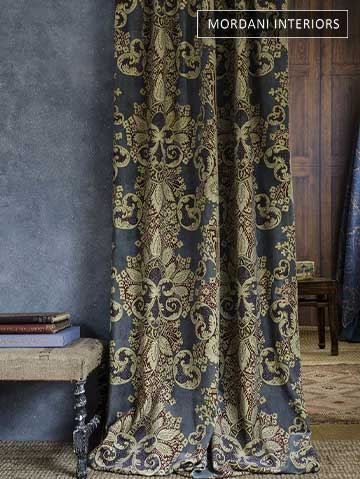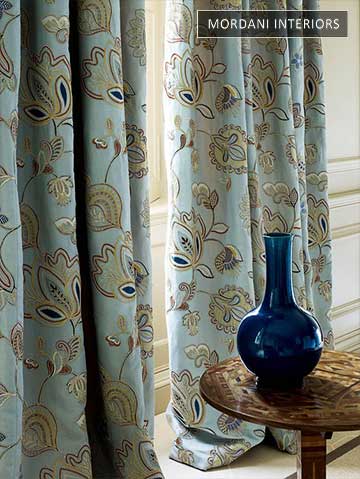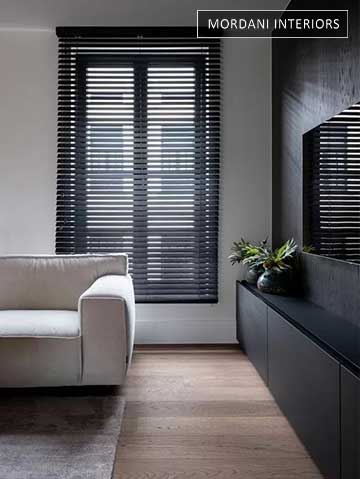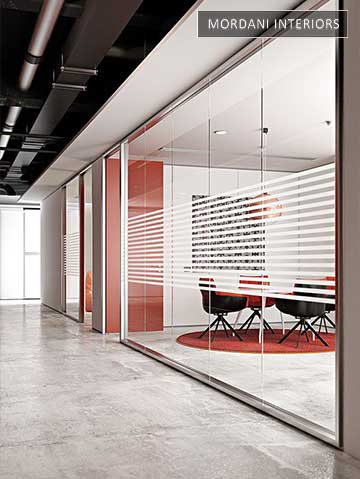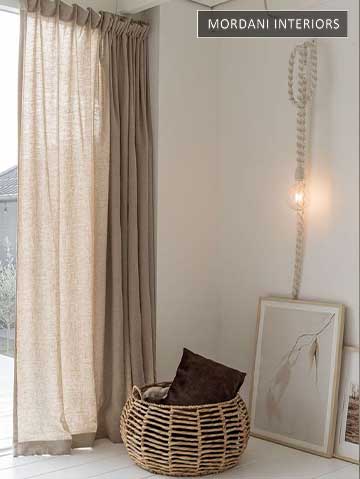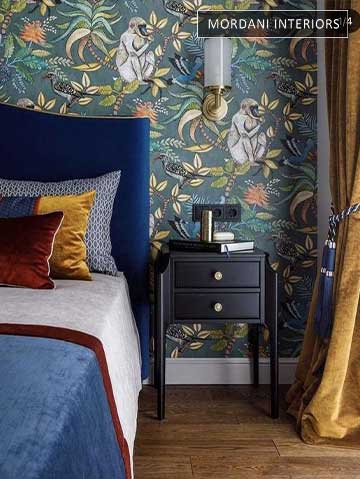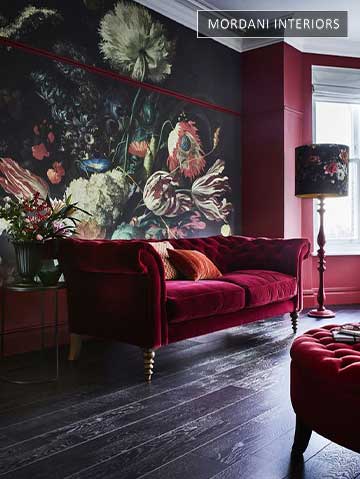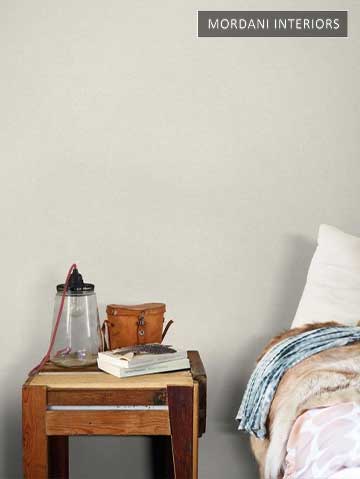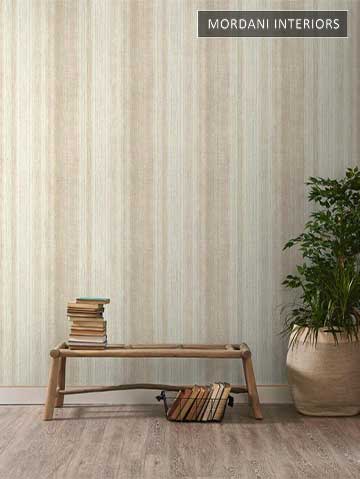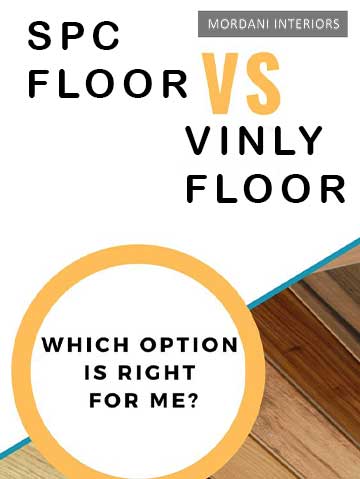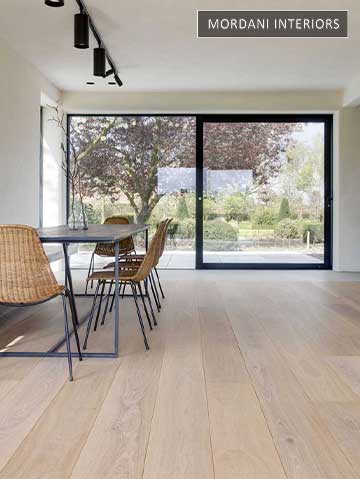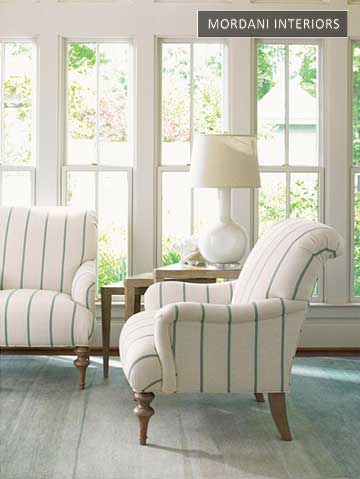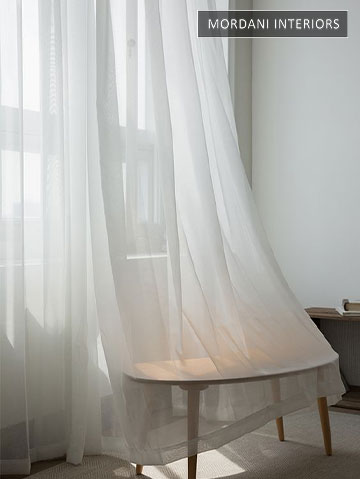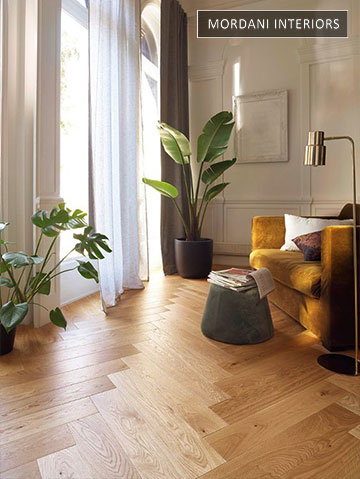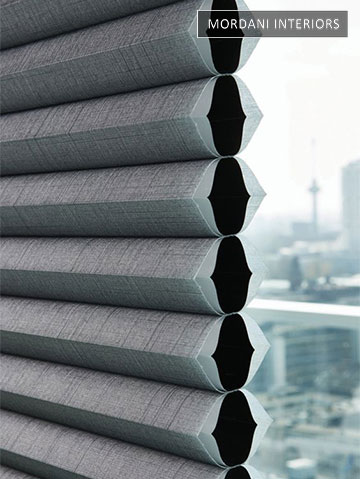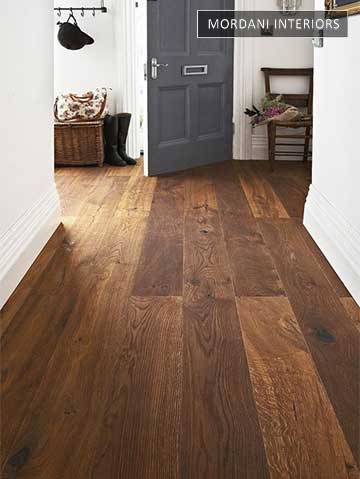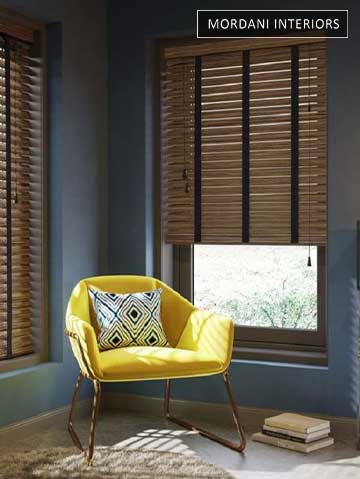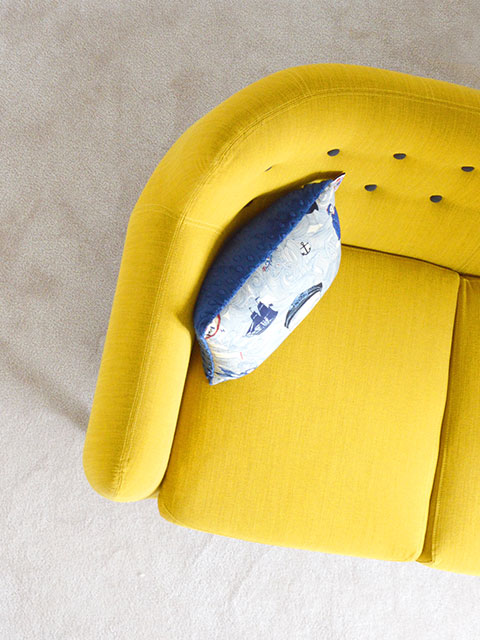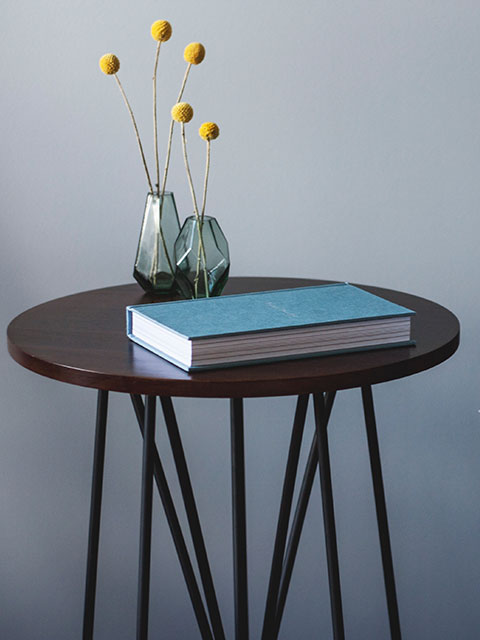03 Jun 2023
History of 100% Linen Curtains
History of 100% Linen Curtains
The history of linen curtains dates back thousands of years, originating from the use of linen fabric itself. Linen, made from the flax plant, is one of the oldest known textiles in human history. Its cultivation and use can be traced back to ancient civilizations, such as Egypt, Greece, and Mesopotamia.
Linen fabric was highly valued for its exceptional qualities. In ancient Egypt, linen curtains adorned the windows of temples, palaces, and wealthy households. The Egyptians considered linen to be a sacred fabric, associating it with purity and rebirth. Linen curtains not only provided privacy but also added an air of opulence to the interiors.
During the Roman Empire, linen continued to be a popular choice for curtains, as well as for clothing and household textiles. Linen curtains were often dyed in vibrant colours and adorned with decorative trimmings, showcasing the Romans' penchant for luxury and aesthetics.
Throughout the medieval period, linen curtains remained prevalent in European castles, palaces, and monasteries. They were used not only for practical purposes but also as a symbol of wealth and social status. Linen curtains were sometimes embroidered with intricate patterns or adorned with gold and silver threads, adding to their visual appeal.
In the 18th and 19th centuries, linen curtains gained popularity during the Neoclassical and Victorian eras. Neoclassical interiors drew inspiration from ancient Greek and Roman aesthetics, emphasizing simplicity, symmetry, and natural materials. Linen curtains with clean lines and minimal embellishments complemented the Neoclassical style perfectly.
During the Victorian era, linen curtains took on a more lavish and ornate appearance. Elaborate lacework, tassels, and fringes adorned linen curtains in wealthy Victorian households. Linen's natural properties, such as its ability to block sunlight while allowing airflow, made it a practical choice for window treatments in the era's grand residences.
In the 20th century, linen curtains experienced a resurgence as the Arts and Crafts movement and the modernist design approach embraced natural materials and craftsmanship. Linen curtains, with their earthy tones and organic texture, aligned with the principles of these design movements.
In recent years, there has been a renewed interest in linen curtains due to the growing popularity of eco-friendly and sustainable materials. The natural, breathable, and durable properties of linen make it an attractive choice for modern interiors. Linen curtains are now available in a variety of styles, from minimalist to bohemian, offering versatility and timeless appeal.
Today, 100% linen curtains continue to be appreciated for their natural beauty, textural depth, and sustainable attributes. They grace a wide range of spaces, from contemporary homes and offices to boutique hotels and upscale establishments, adding a touch of elegance and understated luxury to interior design.
The enduring popularity of linen curtains throughout history speaks to their timeless charm, versatility, and enduring relevance in the world of interior decor.
